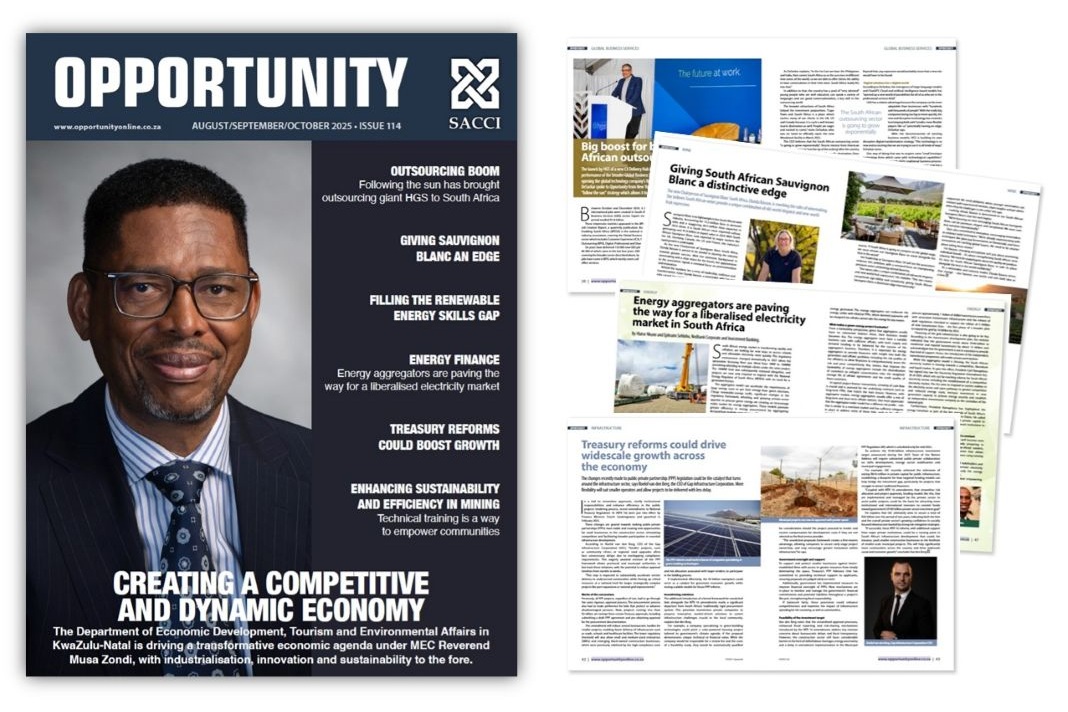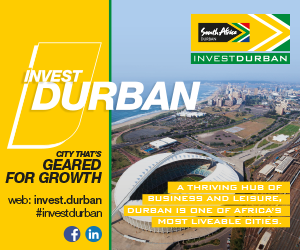Which of them will deliver on the promises that have been made on their behalf? Do they have the capacity to deliver? These questions are to the fore in a year of disruption and uncertainty.
South Africa has the G20 Presidency in 2025 but the political turmoil emanating from the US means that the country’s moment in the global spotlight has come with a downside. This includes President Donald Trump’s attempt to dress down President Cyril Ramaphosa in the White House and the call from some Congressmen for South Africa to be excluded from the favourable trade conditions that flow from AGOA.
Although AGOA-related exports from South Africa are not large in percentage terms, any withdrawal of privileges would have a huge effect on specific sectors. Just 13% of South Africa’s exports went to the US in 2023, and only a quarter of those fell under AGOA (The Economist). However, citrus farmers in areas such as Citrusdal in the Western Cape and the Sundays River Valley in the Eastern Cape would be hard hit. Automotive exports are also vulnerable.
Alternative markets are being explored, with BRICS fellow-member China recently welcoming South African citrus. Wine has started to flow, and the growth potential is huge. The other original members (Brazil, India and Russia), together with the five countries that were added to create BRICS+ in 2024 (Ethiopia, Indonesia, Iran and the United Arab Emirates), certainly have large markets so this option will surely be vigorously explored.
And then there is the African Continental Free Trade Area agreement (AfCFTA). The World Bank says AfCFTA could boost regional income by up to $450-billion, or 7%. South Africa has delivered its first exports (to Ghana) under the agreement so there are promising signs of concrete action.
In this issue of Opportunity magazine
The economic landscape of the coastal province of KwaZulu-Natal is in the spotlight. With superb natural assets and well-developed infrastructure, the region holds enormous potential for further growth and development.
South Africa’s BPO sector is in the spotlight with a major investment from HGS. The interview with HGS Director Partha DeSarkar unpacks recent trends.
The Energy and Water Sector Education and Training Authority (EWSETA) is offering innovative programmes in renewable energy, a sector about which Ephraim Sehloho, Senior Banker Energy Client Coverage at Nedbank Corporate and Investment Banking, is upbeat. A report on the UN SDG Challenge SA highlights innovative solutions for sustainable business practices. A skilled workforce is a way to future-proof sectors such as mining, says Resolution Circle executive Sibusiso Shange.
On the small business front, Luncedo Mtwentwe, CEO of Vantage Advisory, argues that businesses need to seek out sources of funding and make themselves funding-ready. Shaheen Price, co-founder of GoodApp, explains how this new platform can bridge the gap for skilled informal workers in the service sector.
Employee benefits need to be part of a broader wellness strategy, writes James White, Director of Sales and Marketing at Turnberry Management Risk Solutions. The changes recently made to public-private partnership (PPP) legislation could be the catalyst that boosts the infrastructure sector, says Roelof van den Berg, the CEO of Gap Infrastructure Corporation.
— John Young, Editor
Read the eBook here:
Opportunity Issue 114


